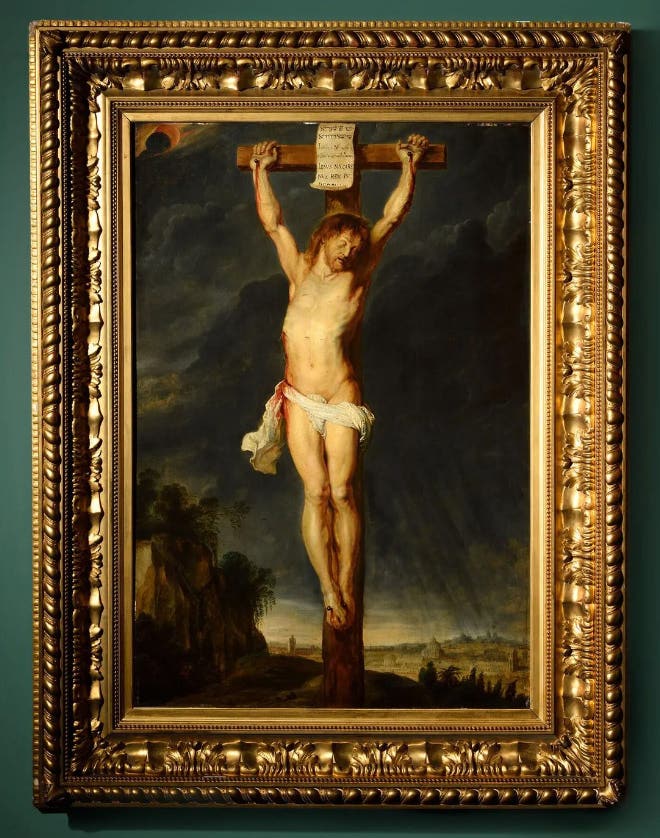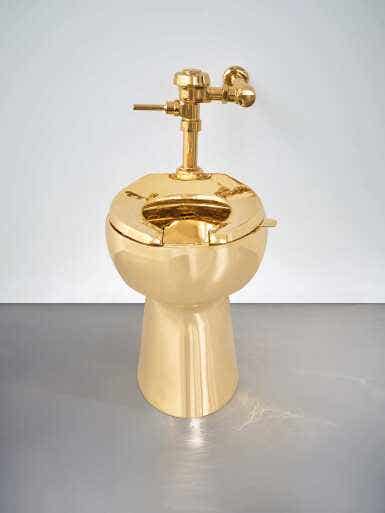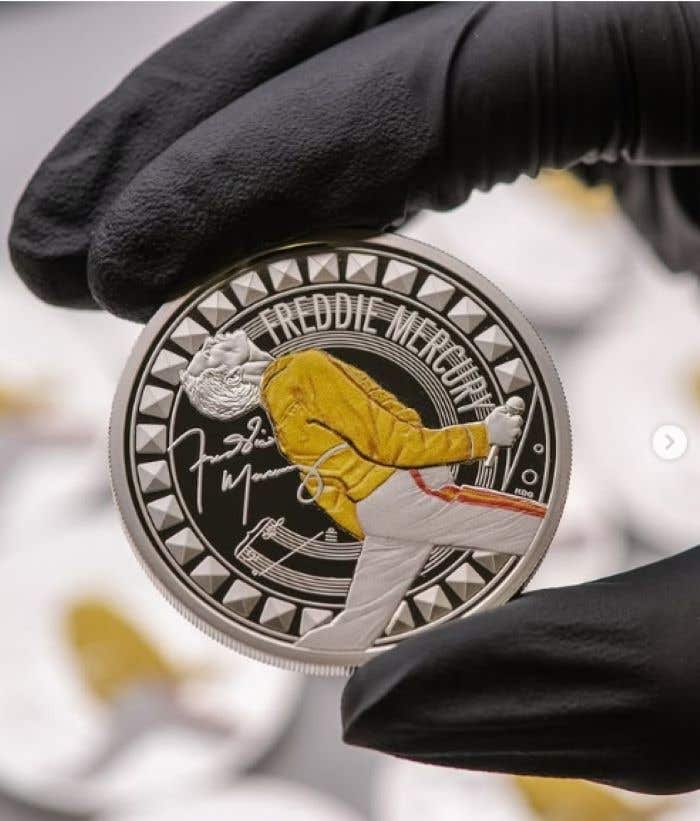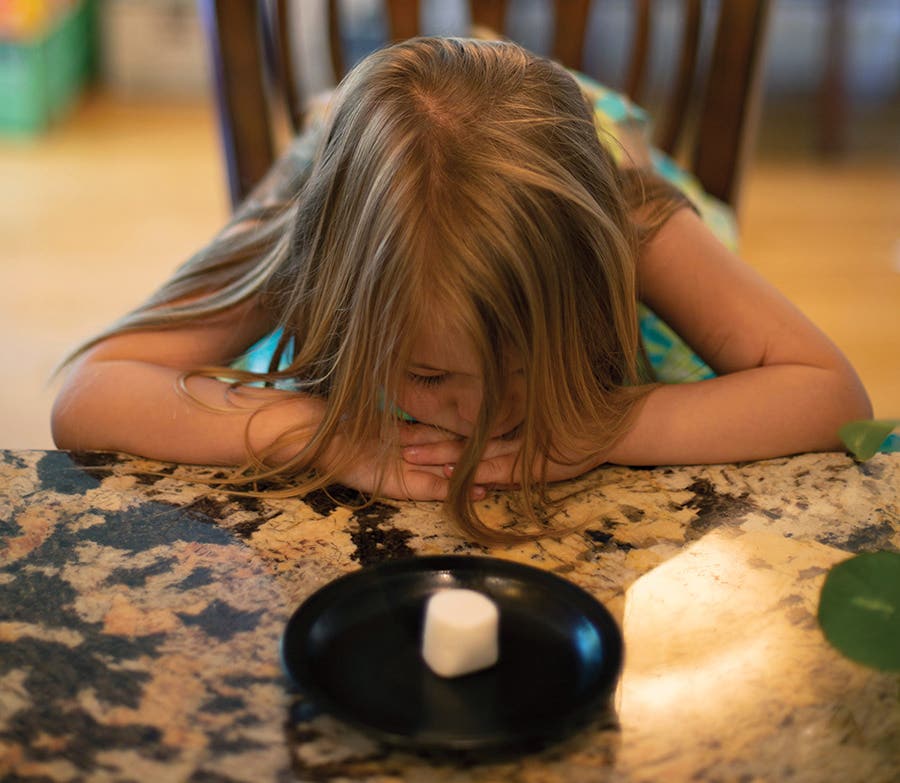‘The Potato Head of Palencia’
Another botched restoration in Spain leaves sculpture unrecognizable.
PALENCIA, Spain — An artist hired to restore the face of a decades-old statue in Spain did such a bad job, the piece has now been nicknamed “The Potato Head of Palencia,” according to a report.
The 1923 sculpture — which adorns a bank in the small northern city of Palencia — depicted a smiling woman surrounded by cattle and livestock. She now has a melted-looking face, complete with two cartoonish eyes, puckered lips and a misshapen lumpy nose, according to photos posted on Facebook by local painter Antonio Guzmán Capel, who decried the restoration, writing, “It looks like a cartoon character.”
The mangled makeover of the artwork, which is now essentially ruined, sparked anger from conservationists and art lovers, who compared the sculpture’s new look to a “Potato Head,” and “Donald Trump,” according to The Art Newspaper.
“[It’s] NOT a professional restoration,” Spain’s Professional Association of Restorers and Conservators said.
“Restoring is not repairing, serious interventions must follow criteria.” said Valencia-based art conservationist Illanos Argudo.
The name of the person who restored the Palencia statue has not been reported.
Spain is no stranger to botched art restorations. In 2012, a local parishioner’s disfiguring update to Elías García Martínez’s Ecce Homo went viral under the moniker “Monkey Jesus”; in 2018, a woman in the village of Rañadorio was sharply criticized after she repainted a 15th-century shrine in bright shades of chartreuse, pink and blue. Last year, a 500-year-old wooden statue of St. George ended up looking more like the cartoon character Tintin than a legendary dragon slayer after a well-meaning paint job went south and had to undergo a $34,000 “unrestoration” aimed at regaining a semblance of its original appearance. Earlier this year, a furniture restorer hired to clean a copy of Bartolomé Esteban Murillo’s painting, The Immaculate Conception of Los Venerables, turned the Virgin Mary into a completely different woman.
Given these and other instances of failed restorations, news of the public sculpture’s recent transformation into a misshapen lump was unwelcome but unsurprising, reports Spanish newspaper ABC.
“I’m sure whoever did it got paid for it,” Capel said. “But the bigger crime was committed by the person who commissioned it and then tried to carry on as though nothing was wrong. I don’t understand why they allow it. It doesn’t seem normal to me.”
Spanish law currently allows amateurs to repair historic artworks — a fact that has led many conservation experts to argue for tighter regulations in the industry.








